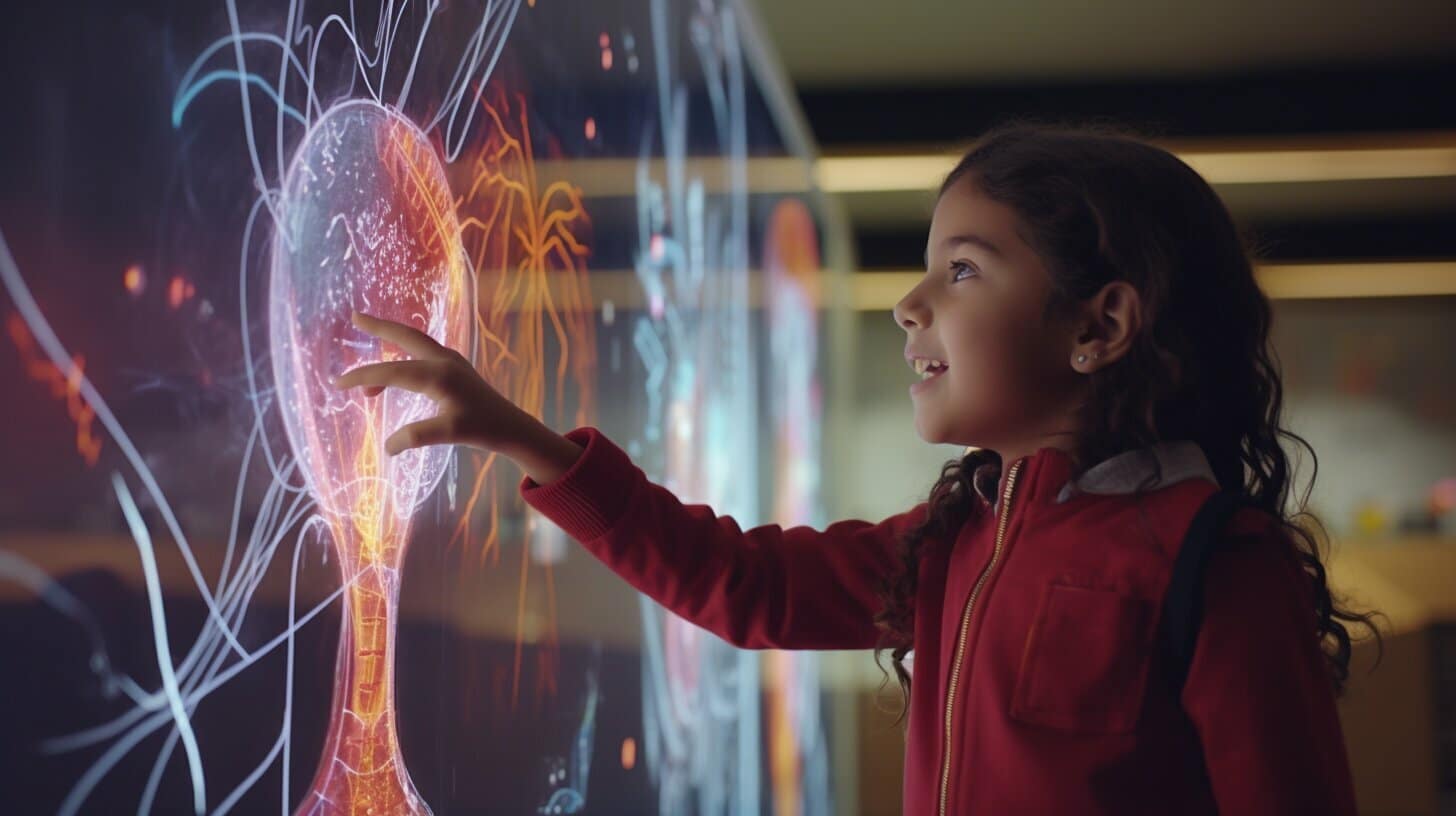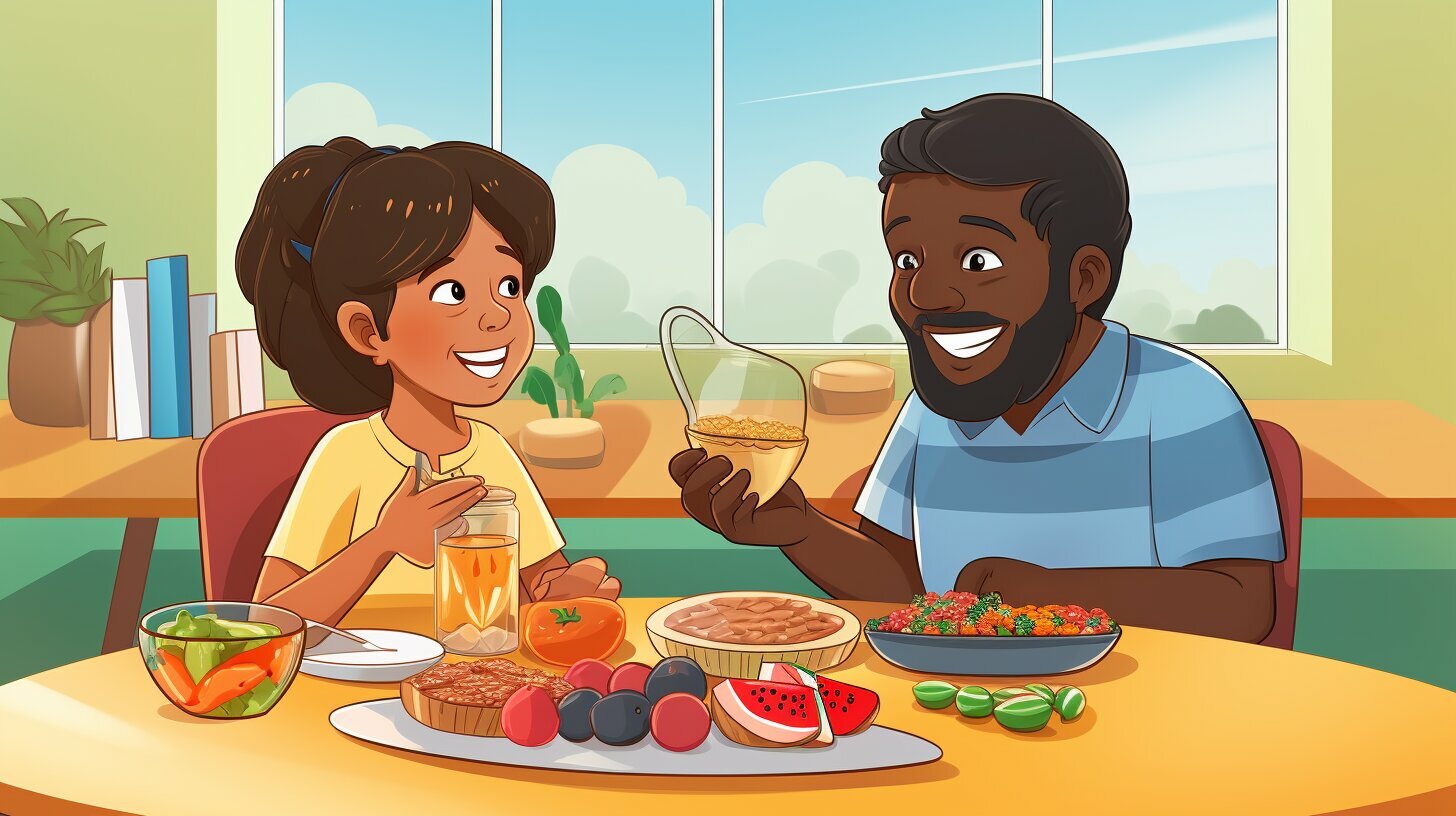Explaining reproduction to a child can be a daunting task, but it is an important conversation that needs to happen. It’s natural for children to be curious about how babies are made, and providing them with age-appropriate information can help them understand this important aspect of life. In this simple and friendly guide, we’ll provide you with tips and strategies to help you explain reproduction to your child.
Before we dive in, it’s important to note that every child is different, and there is no one-size-fits-all approach to teaching reproduction. The key is to find a way to explain the concept that is age-appropriate, clear, and easy for your child to understand.
Key Takeaways
- Explaining reproduction to a child is an important conversation to have.
- Providing age-appropriate information can help children understand the concept.
- There is no one-size-fits-all approach to teaching reproduction.
Why It’s Important to Talk About Reproduction with Kids
As a parent or caregiver, you may feel hesitant about broaching the topic of reproduction with your child. However, it’s important to realize that teaching children about reproduction is an essential part of their education, as it helps them understand their bodies, the changes they’ll experience during puberty, and how babies are made.
By discussing reproduction with your child from an early age, you can establish open communication and build trust, allowing them to feel more comfortable coming to you with questions and concerns later on. Additionally, age-appropriate education about reproduction can help children make informed decisions in the future regarding sexual health and relationships.
While it may feel uncomfortable at first, remember that you are providing your child with valuable knowledge and empowering them with the tools they need to navigate the world around them. So, take a deep breath and approach the conversation with confidence and openness.
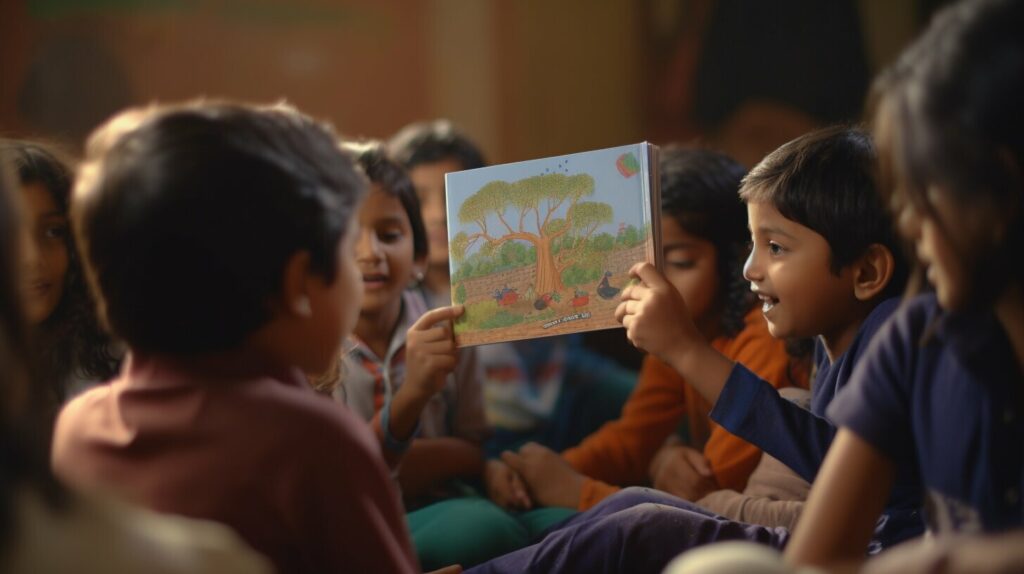
Choosing the Right Time and Place for the Conversation
One of the most important aspects of explaining reproduction to a child is choosing the right time and place for the conversation. Ideally, you want to find a time when your child is relaxed, focused, and open to learning. It’s also important to choose a location that feels comfortable and private, where your child won’t be distracted or interrupted.
If possible, try to avoid having the conversation when you or your child are feeling stressed, rushed, or overwhelmed. This can make it more difficult for your child to process the information and may lead to frustration or confusion.
When choosing the right time, consider your child’s age and level of understanding. Younger children may not be ready for a detailed explanation of reproduction and may require a simpler explanation, while older children may be more curious and interested in learning about the subject.
It’s important to be sensitive to your child’s feelings and reactions during the conversation. If your child seems uncomfortable or hesitant, take a break and come back to the conversation later. Remember that every child is different, and it’s important to tailor the conversation to your child’s individual needs and level of understanding.

By choosing the right time and place for the conversation, you can help your child feel more comfortable and receptive to learning about reproduction in a child-friendly way.
Using Age-Appropriate Language and Examples
When explaining reproduction to a child, it’s important to use language and examples that they can understand. Break down complex concepts into simple, easy-to-grasp terms. For example, instead of using scientific terms like “sperm” and “ovum,” you can use phrases like “tiny seeds” and “egg.” This helps children to visualize the process and makes it easier for them to remember.
It is also important to use age-appropriate analogies to help children understand reproduction. For younger children, comparing the fertilization process to planting a seed in a garden can be helpful. You might say, “Just like how a plant grows from a tiny seed, a baby grows inside a woman’s tummy.
When discussing reproduction with older children, you may want to use more detailed examples. For instance, you can explain how the sperm and egg combine to form a fertilized egg, which then implants in the uterus and grows into a baby. You can also use diagrams or videos to help illustrate the process (such as the one below).

Remember, the goal is to explain reproduction in a way that is easy for your child to understand and doesn’t overwhelm them with too much information at once. By using age-appropriate language and examples, you can help your child have a clear understanding of reproduction.
Explaining the Basics of Reproduction
When it comes to explaining reproduction to a child, it’s important to start with the basics. That means discussing the male and female reproductive systems and how they work together to create a baby.
One way to approach this is to use diagrams or illustrations that show the different parts of the body involved in reproduction. For example, you might show a picture of a man’s reproductive organs, including the penis, testicles, and prostate gland, as well as a woman’s reproductive organs, including the ovaries, uterus, and vagina.
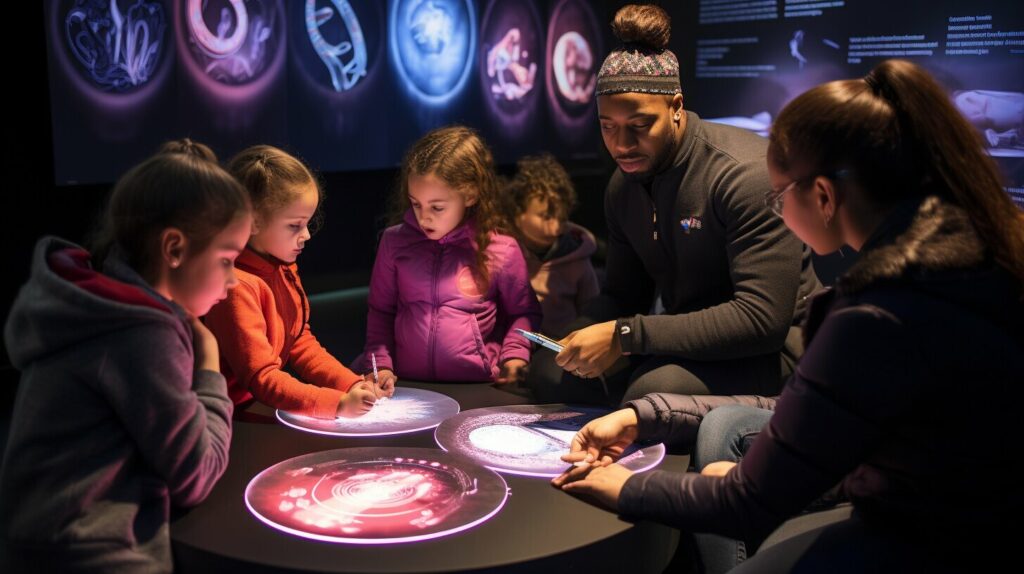
Next, you can explain the process of fertilization, which occurs when the sperm from the man’s body joins with the egg from the woman’s body. This creates a zygote, which eventually develops into a fetus.
You can also touch on the topic of pregnancy, discussing how the baby grows and develops in the woman’s uterus over the course of nine months.
Of course, it’s important to use age-appropriate language and examples throughout this discussion. For younger children, you might simplify the explanations and use analogies to help them understand. For example, you might compare the sperm to a tiny seed and the egg to a garden plot.
Overall, by focusing on the basics of reproduction and using relatable examples, you can help your child understand this important topic in a way that is easy to grasp.
Answering Questions and Addressing Curiosity
It’s natural for children to be curious about reproduction, and they may have plenty of questions. Encourage them to ask anything they want, and answer honestly and simply. Don’t be afraid to say that you don’t know something and suggest looking it up together. Remember, it’s okay to not have all the answers.
You can use books and other resources to help explain more complex ideas, but be sure to choose materials that are age-appropriate. Don’t overwhelm your child with too much information at once, and break down complex ideas into smaller parts.
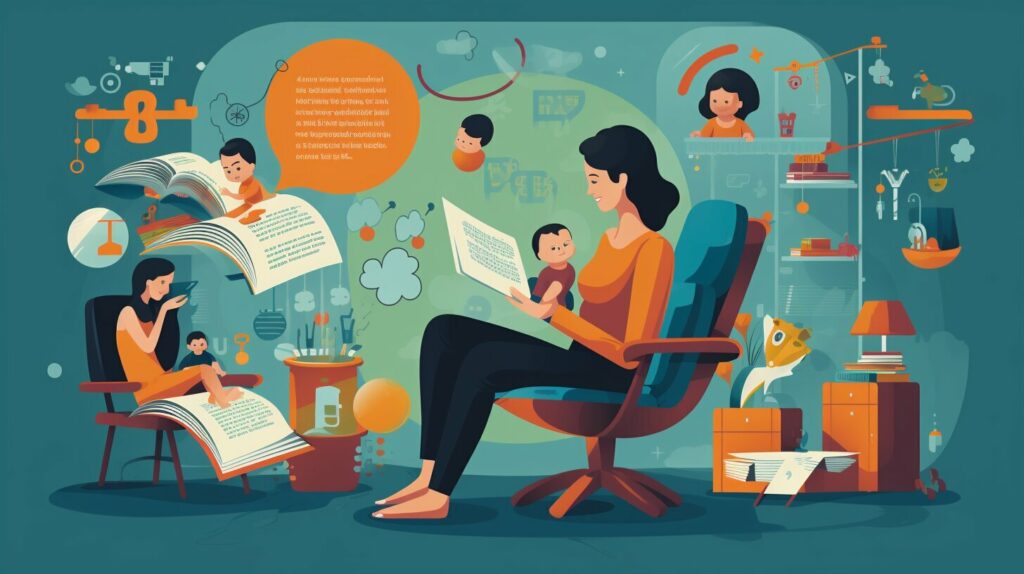
When answering questions, use language and examples that your child can relate to. For example, you might compare fertilization to planting a seed in the ground. Use everyday objects or situations to create visual images that make abstract concepts more concrete.
Mommy, where do babies come from?
“Well, when a sperm from a man’s body combines with an egg from a woman’s body, it can create a baby. It’s kind of like planting a seed in a garden. The seed grows into a plant, and a baby grows from a fertilized egg.”
It’s important to be respectful of your child’s feelings and reactions. They may feel embarrassed or uncomfortable at first, but reassure them that it’s normal to have questions and that you’re there to help them understand.
Remember to emphasize that everyone is different and that there is no one “right” way for families to look or for babies to be made. Encouraging open communication and answering questions honestly and simply will help your child develop a healthy attitude towards reproduction.
Emphasizing Privacy and Boundaries
When discussing reproduction with your child, it’s essential to communicate the importance of privacy and setting boundaries. This conversation should include a reminder that while it’s okay to talk about reproduction with trusted adults, it’s not okay for anyone to touch their private parts without their permission.
It’s important to explain what private parts are and why they are off-limits to others. You can explain that private areas are covered by bathing suits, and it’s only okay for a doctor or parent to look at or touch these areas in specific situations, such as during a medical examination or when cleaning them during bath time.
Encourage your child to talk to you if anyone ever makes them feel uncomfortable or violates their boundaries. Make sure they know that it’s not their fault, and you are always there to protect and support them.
By teaching your child about privacy and boundaries, you can help them develop healthy relationships and protect them from any potential harm.
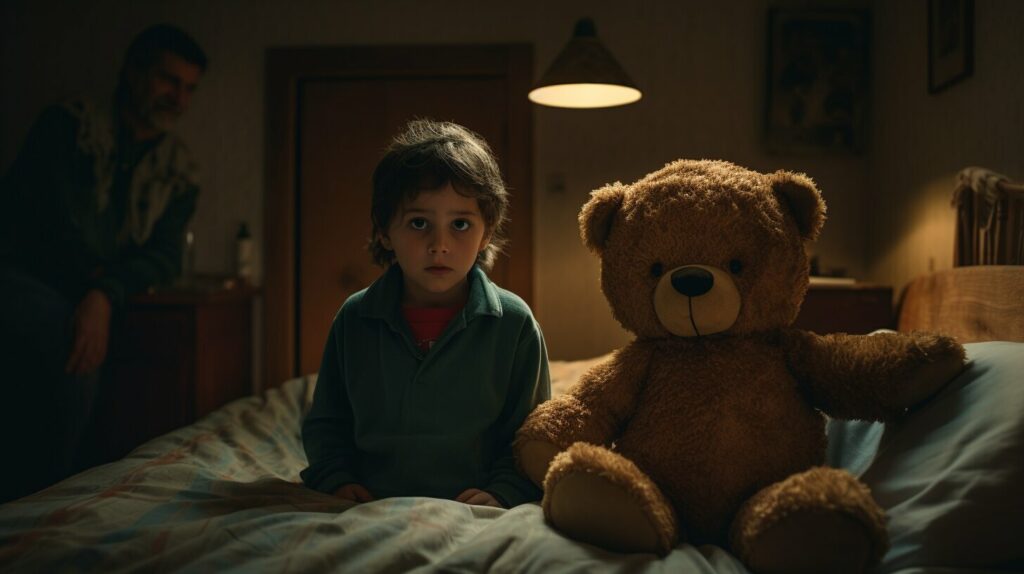
Addressing Different Family Structures and Diversity
When explaining reproduction to a child, it’s important to acknowledge and discuss different family structures and diversity. Not all families are the same, and it’s essential for children to understand and respect this diversity.
For example, some families have two moms or two dads, while others may have a single parent or live with grandparents. Explain to your child that families come in all shapes and sizes, and all are equally valid and deserving of respect.
It’s also a good idea to address any questions or confusion your child may have about gender identity and sexual orientation. Use age-appropriate language and examples to explain that some people identify as male, some as female, and others as non-binary. Similarly, some people are attracted to people of the same gender, while others are attracted to people of a different gender.
By addressing different family structures and diversity when discussing reproduction, you’re helping your child develop a greater sense of inclusivity and understanding towards others. This will benefit them in all areas of life as they grow and interact with people of different backgrounds.

Inclusivity and respect for diversity are key components of age-appropriate education about reproduction.
Conclusion
Congratulations! You have now learned how to explain reproduction to a child in a simple and friendly way. Remember, teaching your child about reproduction is important and provides them with the knowledge they need to make informed decisions later in life.
By choosing the right time and place for the conversation, using age-appropriate language and examples, explaining the basics of reproduction, encouraging open communication, emphasizing privacy and boundaries, and addressing different family structures and diversity, you can create a safe and comfortable environment for your child to learn about this sensitive topic.
Don’t forget, answering your child’s questions and addressing their curiosity is crucial in helping them understand the concept of reproduction. Keep in mind that every child is different, and some may need more time or information than others.
Lastly, trust yourself! You know your child best, and by approaching the conversation with love and understanding, you can provide them with the knowledge and support they need to navigate the world around them.
Can You Use Similar Approaches to Explain The Nutcracker and Reproduction to a Child?
Explaining the nutcracker to a child can be a delightful challenge. Just like understanding reproduction, it requires adapting and simplifying complex concepts. While one deals with whimsical characters and magical performances, the other revolves around the miracle of life. Both necessitate using age-appropriate language, engaging visual aids, and capturing the child’s imagination to make learning a fascinating experience.
FAQ
Q: How do I explain reproduction to my child?
A: Explaining reproduction to your child can be done in a simple and friendly manner. Start by using age-appropriate language and examples, breaking down the basics of reproduction, and addressing their questions and curiosity with honesty and openness.
Q: Why is it important to talk about reproduction with kids?
A: Discussing reproduction with kids is important for their understanding of their bodies, relationships, and the world around them. It helps promote healthy attitudes towards sexuality, reinforces the importance of consent, and empowers them to make informed decisions.
Q: How do I choose the right time and place for the conversation?
A: When explaining reproduction, it’s crucial to find the right time and place where your child feels comfortable and receptive. Choose a quiet and private setting where they can ask questions and express their thoughts without distractions.
Q: What language and examples should I use when explaining reproduction?
A: To make it easier for your child to understand, use age-appropriate language and relatable examples. Talk about how babies are made using simple terms and illustrations that align with their level of understanding.
Q: What are the basics of reproduction that I should explain to my child?
A: When explaining the basics of reproduction, focus on the roles of male and female reproductive systems, fertilization, and pregnancy. You can use visuals, diagrams, or age-appropriate books to help illustrate these concepts.
Q: How do I answer my child’s questions about reproduction?
A: Encourage open communication and provide honest answers to your child’s questions about reproduction. Use age-appropriate language and encourage them to ask follow-up questions to ensure their understanding.
Q: Why is privacy and boundaries important when discussing reproduction?
A: Teaching children about privacy and boundaries when it comes to reproduction is crucial. It helps them understand that discussions about their bodies and reproductive processes are personal and should be respected by others.
Q: How do I address different family structures and diversity when explaining reproduction?
A: In explaining reproduction, it’s important to acknowledge and discuss different family structures and diversity. Teach your child that families come in all shapes and sizes, and that love and support are essential regardless of how a family is formed.




